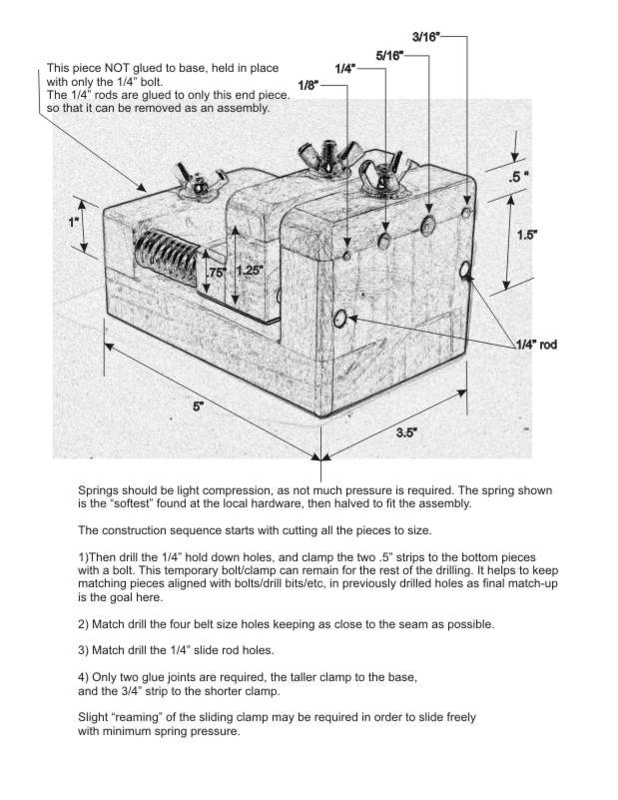Quick Change Tool Post (QCTP)
Overview
To get the cutting frame or Drill Spindle in the right position for cutting, it is held in a quick change tool post (QCTP) bolted to a Cross Slide.
The reason it is called a quick change tool post is because the ornamental turner can easily change the tooling. To do so, the lever (the ball-ended rod projecting off to the right in the picture) is rotated anti-clockwise and the tool removed. Then a new tool is added, and the lever rotated clockwise to tighten it down.
The most common type of quick change tool post is an Aloris style (shown on the right).They come in a number of sizes; and most manufacturers have tried to map to the Aloris sizes.
- 0XA is the most common size for small metal lathes, and works for smaller ornamental lathes.
- AXA is the next size larger. It is commonly used, especially on larger ornamental lathes. This is recommended as:
- Commonly available cutting frames and drilling spindles are easily held by the AXA tool holders (250-101 or 250-102), and
- The AXA boring bar holder (250-104) works well to hold a 3/4" diameter shaft, and many universal cutting frames are this size.
- BXA would be rare to find.
These can be purchased as either piston style and wedge style.
Fun fact: "Aloris" comes from the creator's family name, Sirola, spelled backward.
|
|
|
Recommendations
- Unless you need to use the 0XA size, the AXA is recommended.
- The wedge style is recommended as it is less likely to let the tool holder vibrate loose. This can arise with the use of an overhead drive as there is a tension in the cable which is pulling the tool holder up.
Sources for buying one
|
Size |
Options |
|
0XA |
A good source for the 0XA size (QCTP) is
|
|
AXA |
Three good sources for an AXA size QCTP are:
You can reach out to them and ask them to swap out tool holders you don't need for those you do need. For example, it is doubtful you will need the cutoff tool holder (250-107) nor the knurling tool (250-110). Ask for more of the tool holders (250-101) and/or boring bar holders (250-104).
Ken Newton wrote an article about the Phase II QCTP, and it was published in the OTI newsletter (see below)
|
More Information
Published Articles
- Comparing Phase II Quick Change Tool Posts by Ken Newton. Ornamental Turners International Newsletter, Volume 20, No. 3 - Fall-Winter, 2013, pg. 34
|
Disclaimer: eMail comments to me at OTBookOfKnowledge @ Gmail.com. The process of woodturning involves the use of tools, machinery and materials which could cause injury or be a health hazard unless proper precautions are taken, including the wearing of appropriate protective equipment. |




